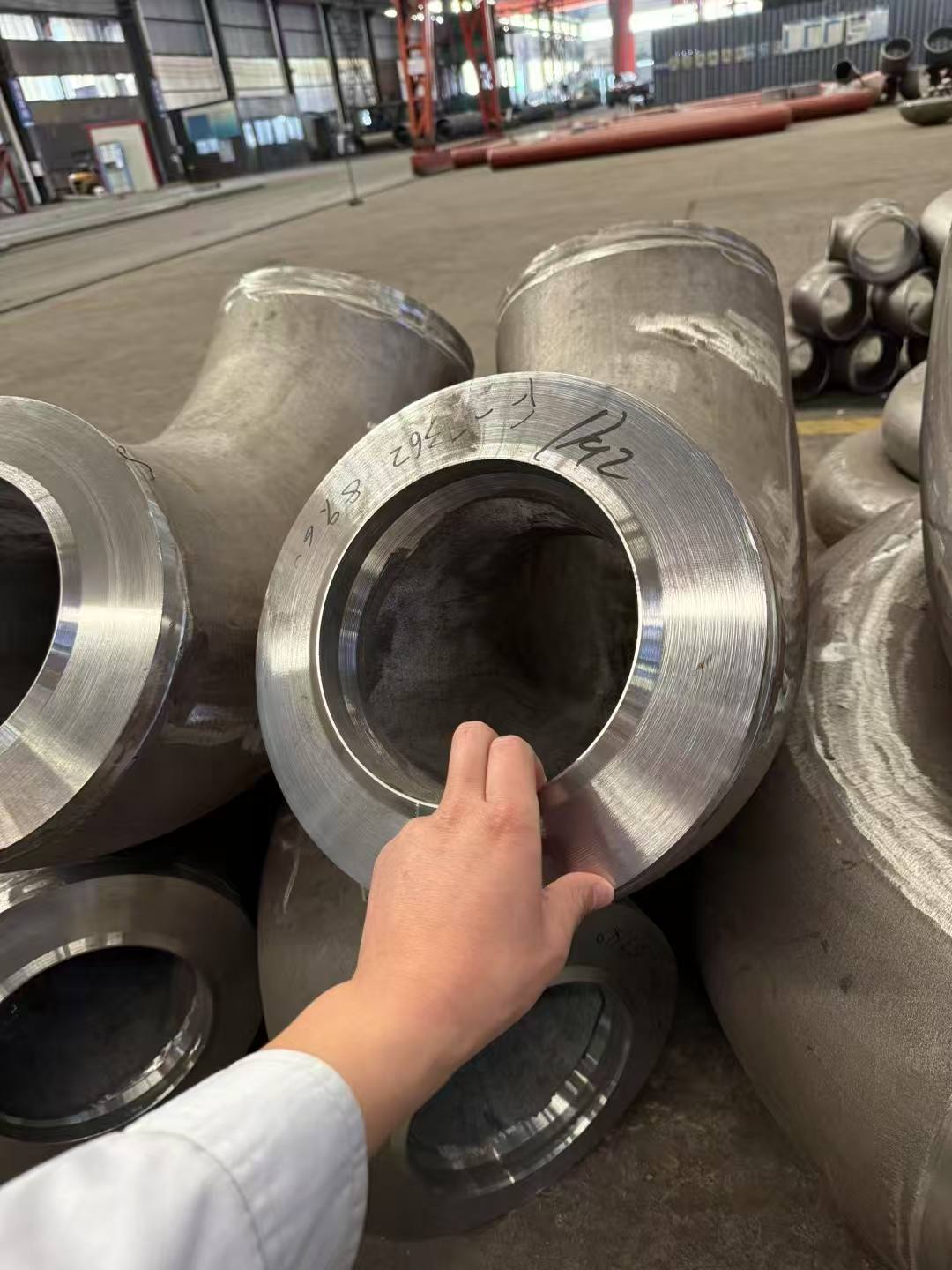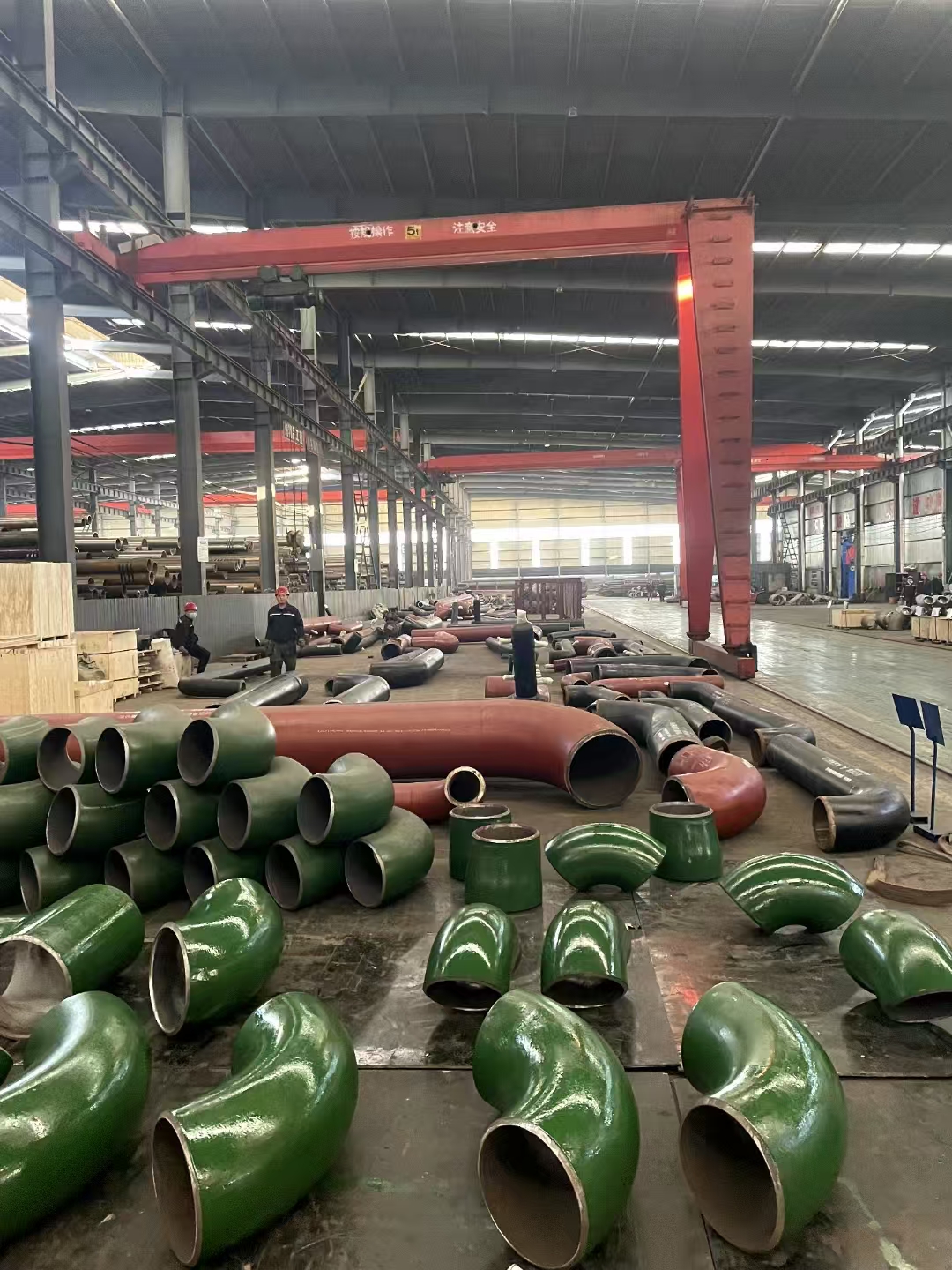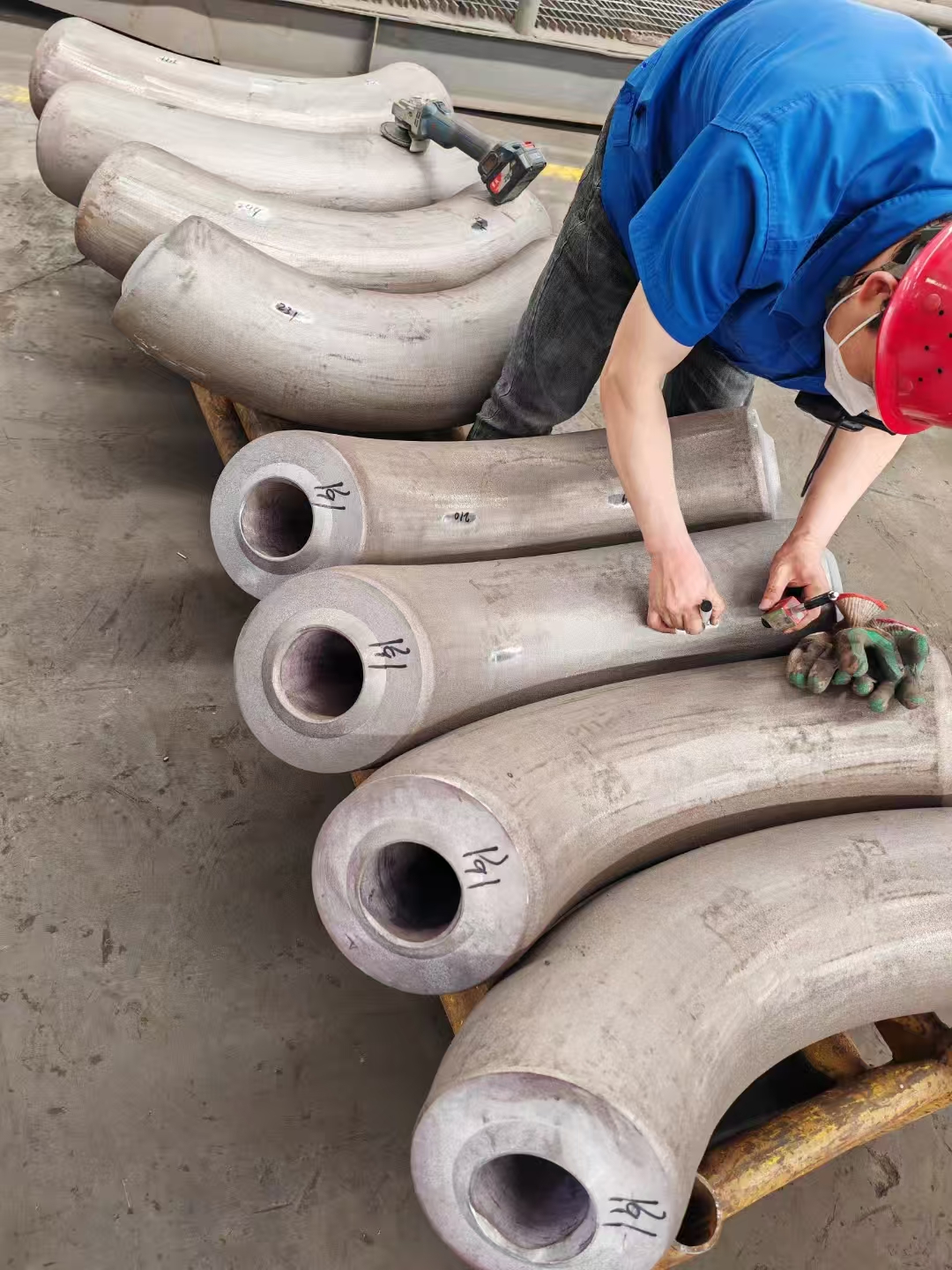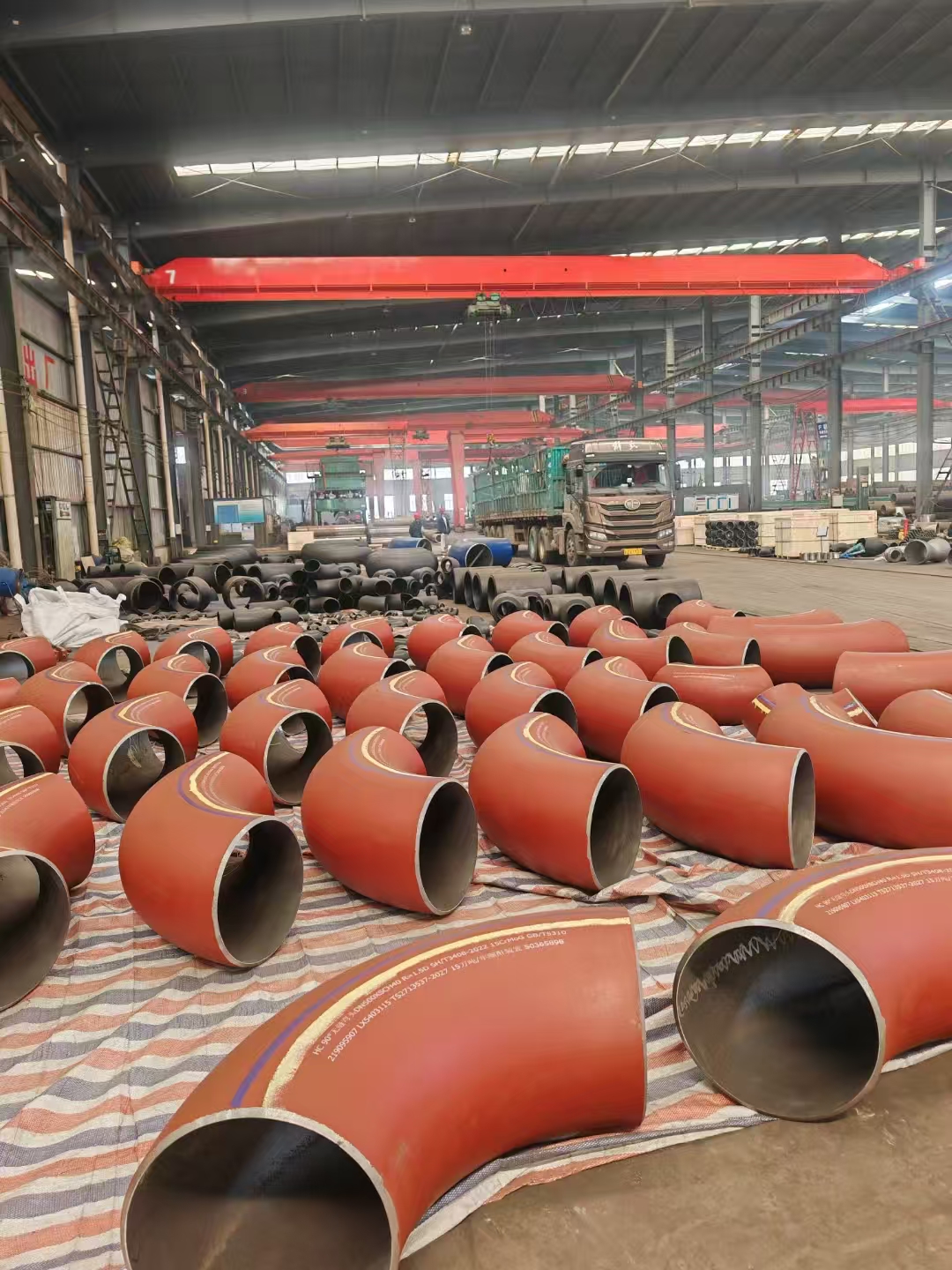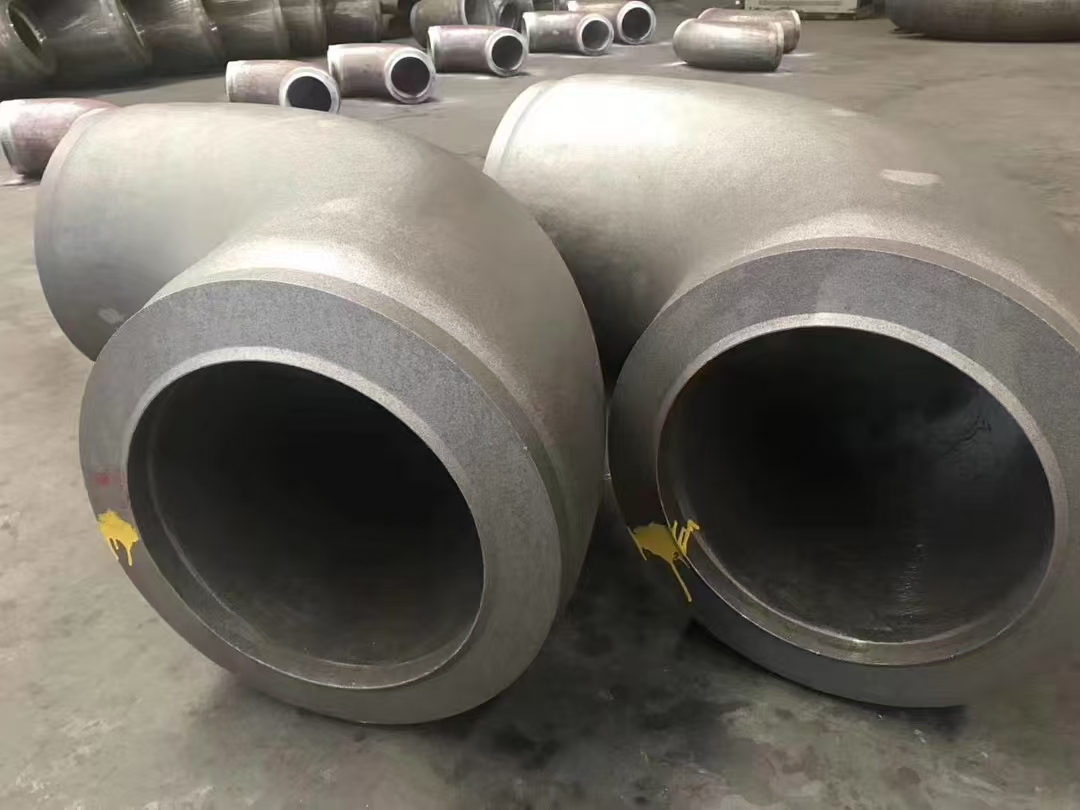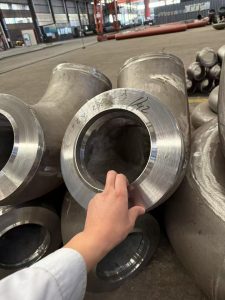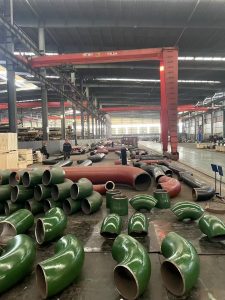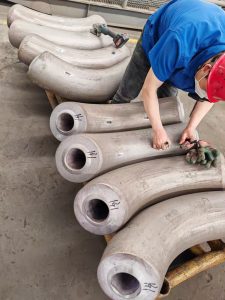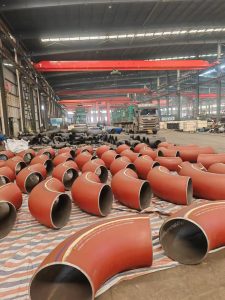ASTM A350 LF6 is a specification for carbon and low-alloy steel forgings that require notch toughness testing for low-temperature service. The “LF6” designation refers to a specific grade of low-alloy steel designed to perform well in cryogenic and low-temperature environments, making it suitable for applications such as liquefied natural gas (LNG) facilities, cryogenic storage, and other cold-service applications. ASTM A350 LF6 flanges are widely used in industries where materials must maintain toughness and strength at extremely low temperatures.
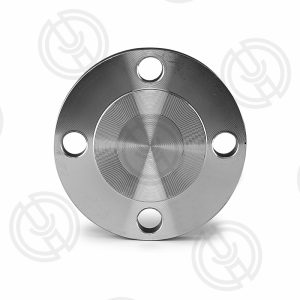
Key Features of ASTM A350 LF6:
1. Low-Temperature Toughness:
– Designed for use in extremely low-temperature environments, typically down to -150°F (-101°C).
– Excellent impact resistance at low temperatures, ensuring reliability in cryogenic applications.
2. Material Composition:
– Low-alloy steel with additions of nickel to enhance toughness and strength at low temperatures.
3. Weldability:
– Can be welded using common welding techniques, though preheating and post-weld heat treatment (PWHT) may be required to maintain mechanical properties.
4. Pressure Ratings:
– Suitable for high-pressure applications, with pressure ratings determined by standards such as **ASME B16.5.
—
Applications of ASTM A350 LF6 Flanges:
– Cryogenic Storage: Used in tanks and piping systems for storing liquefied gases like LNG, liquid oxygen, and liquid nitrogen.
– Oil and Gas: Suitable for offshore and onshore facilities exposed to low temperatures.
– Chemical Processing: Used in low-temperature processing equipment.
– Power Generation: Suitable for cold-service applications in power plants.
Standards and Specifications:
– ASTM A350: Standard specification for carbon and low-alloy steel forgings requiring notch toughness testing for low-temperature service.
– ASME B16.5: Covers pipe flanges and flanged fittings.
– ASME B16.47: Covers large-diameter steel flanges.
Mechanical Properties of ASTM A350 LF6:
| Property | Value |
|—————————|————————————|
| Tensile Strength (Rm) | 90–120 ksi (620–830 MPa) |
| Yield Strength (Rp0.2) | 60 ksi min (415 MPa min) |
| Elongation (A5) | 22% min |
| Impact Energy (KV) | 20 ft-lb min (27 J min) at -150°F (-101°C) |
Chemical Composition of ASTM A350 LF6:
| Element | Composition (%) |
|—————|———————————-|
| Carbon (C) | 0.20–0.35 |
| Manganese (Mn) | 0.60–1.35 |
| Phosphorus (P) | ≤ 0.035 |
| Sulfur (S) | ≤ 0.040 |
| Silicon (Si) | 0.15–0.35 |
| Nickel (Ni) | 5.00–6.00 |
Types of ASTM A350 LF6 Flanges:
1. Weld Neck Flanges:
– Designed for high-pressure and high-temperature applications.
– Provides excellent strength and fatigue resistance.
2. Slip-On Flanges:
– Easy to install and align.
– Suitable for low-pressure applications.
3. Blind Flanges:
– Used to seal the end of a pipe or vessel.
4. Socket Weld Flanges:
– Ideal for small-diameter, high-pressure piping systems.
5. Threaded Flanges:
– Used for low-pressure, non-critical applications.
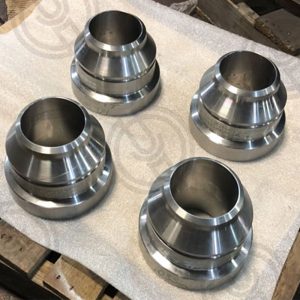
Manufacturing Process:
1. Forging:
– The material is heated and shaped into the desired flange geometry using compressive forces.
2. Heat Treatment:
– Normalizing, quenching, and tempering are performed to achieve the required mechanical properties and toughness.
3. Machining:
– The forged flanges are machined to meet precise dimensional tolerances and surface finish requirements.
4. Testing and Inspection:
– Flanges are subjected to mechanical testing (tensile, impact, hardness), non-destructive testing (NDT) (ultrasonic, magnetic particle, or dye penetrant testing), and dimensional inspection.
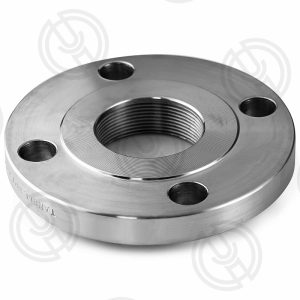
Advantages of ASTM A350 LF6 Flanges:
– Excellent low-temperature toughness and impact resistance.
– Suitable for cryogenic and high-pressure applications.
– Good weldability with proper procedures.
– High strength and durability.
Considerations for Use:
– Welding: Preheating and post-weld heat treatment (PWHT) may be required to maintain toughness and prevent cracking.
– Corrosion Resistance: May require coatings or linings for use in corrosive environments.
– Temperature Limits: Primarily designed for low-temperature service, but can also be used in moderate-temperature applications.
ASTM A350 LF6 flanges are an excellent choice for low-temperature and cryogenic applications, such as LNG facilities, cryogenic storage, and cold-service piping systems. Their high toughness, strength, and weldability make them a reliable option for critical applications. When selecting ASTM A350 LF6 flanges, ensure compliance with relevant standards (e.g., ASME B16.5) and work with certified manufacturers to guarantee quality and performance. Proper welding and heat treatment procedures are essential to maintain the material’s mechanical properties and ensure the longevity of the piping system.

